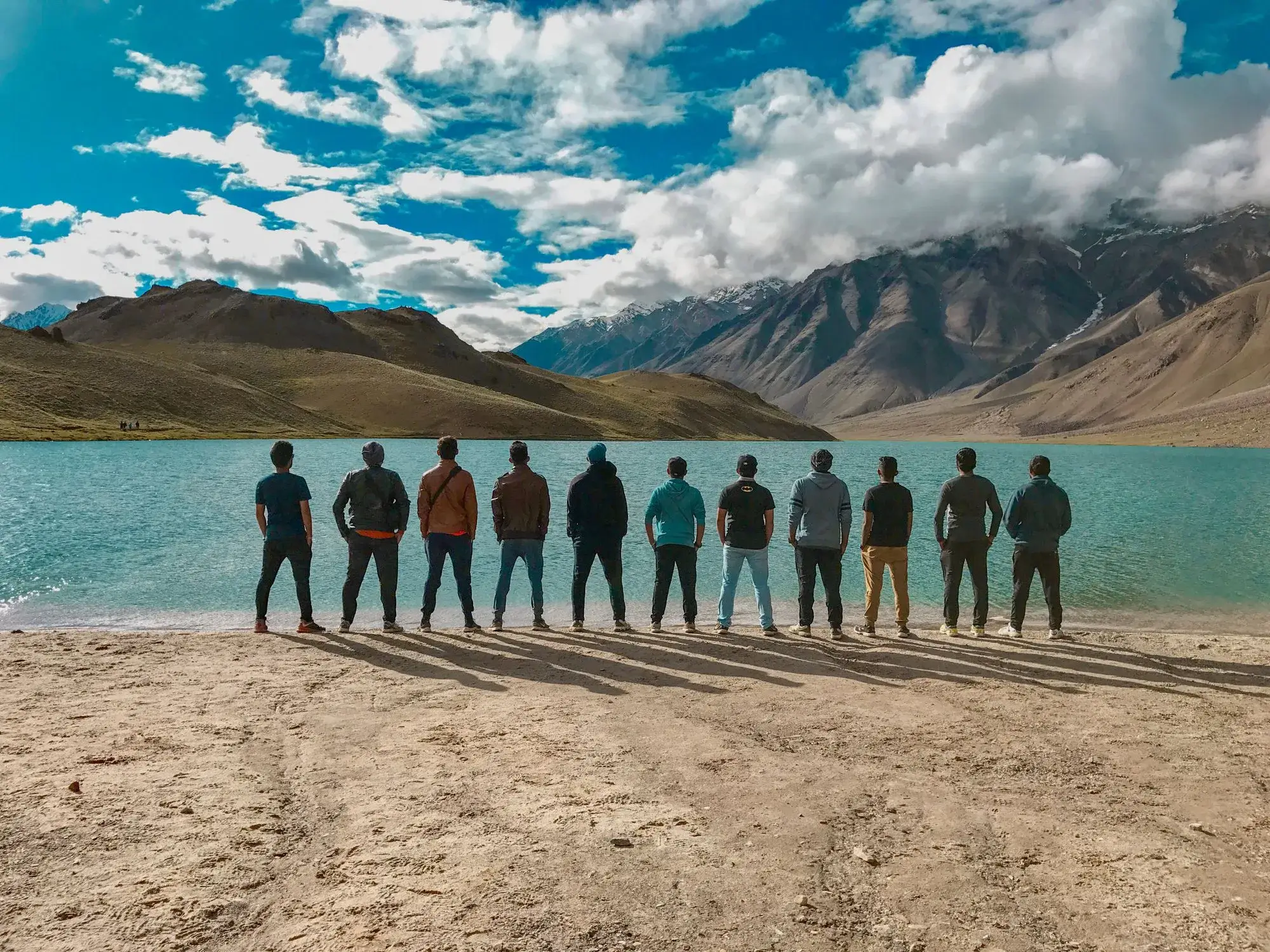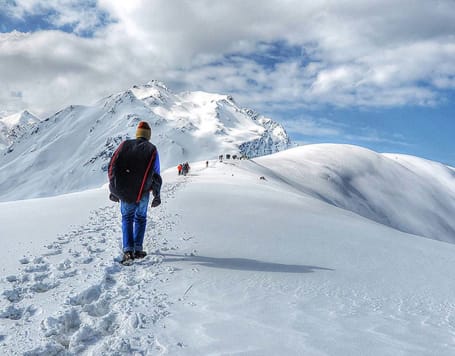Hampta Pass is a dramatic trek in India for all trek lovers with moderate trek difficulty. It is situated at a height of 14,000 ft, with one side having lush greenery of Kullu Valley with flowers blooming while the other side is known for its stark and arid landscape of Lahaul, a region of barren mountains. Also known as Himachal’s ‘Valley of Flowers’, you must be wondering when is Hampta Pass's best time to head for a trek here?
Well, this blog will answer this question in depth. But you must know that Hampta Pass is best accessible for four months, from June to September. The temperature during these months in the day-time can reach up to 17-22 degrees celsius. The night temperature, on the other hand, the night temperature dips below to 4-6 degrees celsius. Heading here in May is not recommended as you will experience a lot of snow. The Hampta Pass trek in October is doable as the trail is beautiful, but there are increased chances of snowfall. If you like snow, October might be a good time for you to head here. The climb to Hampta Pass is challenging and memorable. So, if you are planning to trek, knowing when is the best time to visit Hampta Pass is important.































